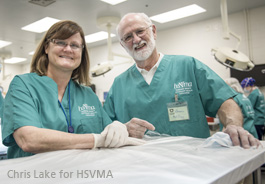The “Wow” Factor
|
| The Case for TNR |
|
I recognize the controversy about TNR and how well it does or doesn’t work as well as the potential impact on wildlife, but I personally believe that with appropriate colony management that there is no question about its value. Following are some references and links to support that contention: "The Case for Low-cost, High-quality, High-volume Spay and Neuter"» |
Operation Catnip does not sterilize owned pets that are for adoption or cats that will be placed in sanctuaries or shelters. They do not accept cats for adoption nor do they relocate cats or release them to shelters. They do not participate in cat trapping for euthanasia. For these reasons, the group is well-accepted in the community and is actually supported by the veterinary community.
I attended the February clinic on behalf of HSVMA, in recognition and celebration of World Spay Day. World Spay Day shines a spotlight on spay/neuter as a proven means of saving the lives of companion animals, community (feral and stray) cats, and street dogs who might otherwise be put down in a shelter or killed on the street.
Learn about all three World Spay Day events sponsored by HSVMA this year»
I personally have had the opportunity to start and to attend TNR programs elsewhere, and have even taught spay/neuter here in the States as well as in such faraway places as Haiti and The Philippines. I have never witnessed the organizational excellence, professionalism, and efficiency as I was witness to at Gainesville’s Operation Catnip under Dr. Levy’s direction.From the advanced volunteer registration (along with some 95 others!) to the arrival on Sunday morning, all aspects were truly astounding.
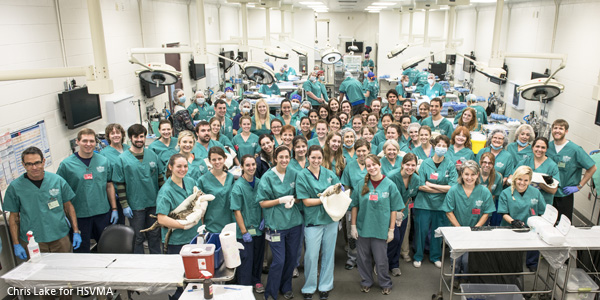
A total of 95 volunteers helped spay, neuter, and vaccinate 165 cats during the February 2 event.
Every position, station, or method has a written Standard Operating Procedure (SOP) document provided, and there are some 40 plus of them available online. This allows all attendees to study in advance and be ready for the day.

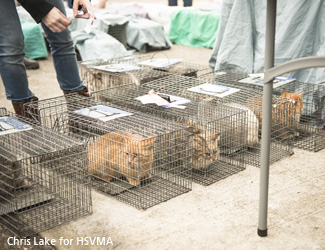
The clinic itself takes place in a long warehouse type building that starts empty. First step is laying down and taping plastic over all the floors, and rolling in a variety of equipment and supplies. The cats arrive in cages or traps and are brought in by either local individuals or volunteers with the organization.
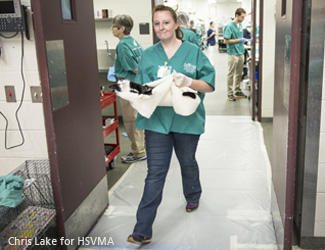
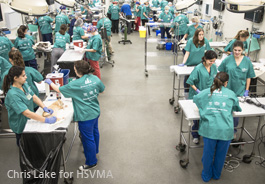
Each animal undergoes a complete physical examination after anesthesia is instituted by an intramuscular injection. Other medical or surgical issues are identified and addressed appropriately. The animal then goes through a variety of stations including, ear tip technician (for field identification), bladder expression, surgical shaver, surgical scrubber, transporter, spay or neuter surgeon, vaccination technician, recovery monitor, and the list goes on.

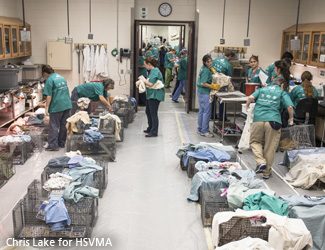
A centralized crash cart is maintained and staffed in case anesthetic problems occur. That station was utilized successfully in two animals that became hypotensive and stopped breathing for a period of time.
As I continued to do surgery on the animals presented to my surgical table by my veterinary student partner, I almost felt as if I was watching a new version of the TV program “Dancing with the Stars”. Surgery began at about 8:30 AM and I finished my last spay at 1:30 PM. During that time we, as a TEAM (and I emphasize the Team nature of the day), sterilized 165 felines.
Another benefit of this particular program is the training of veterinary students in all of the associated skills, from physical exams and anesthesia techniques, to actual surgery once they have met an extensive list of prerequisite requirements. Operation Catnip provides graduates of the University of Florida veterinary program the opportunity to take part in a large number of surgeries before graduation.

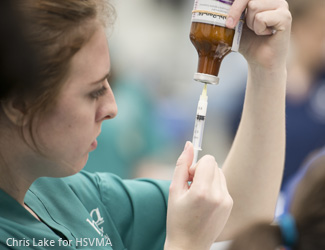
Who knows how many euthanasias or shelter surrenders we actually prevented by spaying and neutering these cats! Thank you Dr. Levy and The University of Florida for allowing me another WOW moment!
If any of you reading this have any chance to take part or volunteer your time for an appropriately-run program like Operation Catnip, I highly recommend it. Or if there isn't one in your area, with a little help and the resources from Dr. Levy and Operation Catnip, you could start one!
| It's not too late! Find out how you can participate in a World Spay Day event this year...or start planning now for 2015» |

